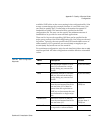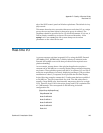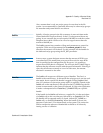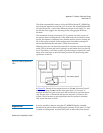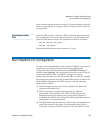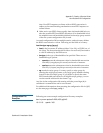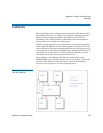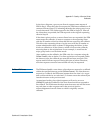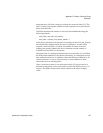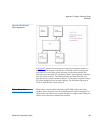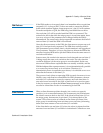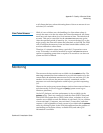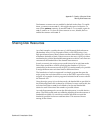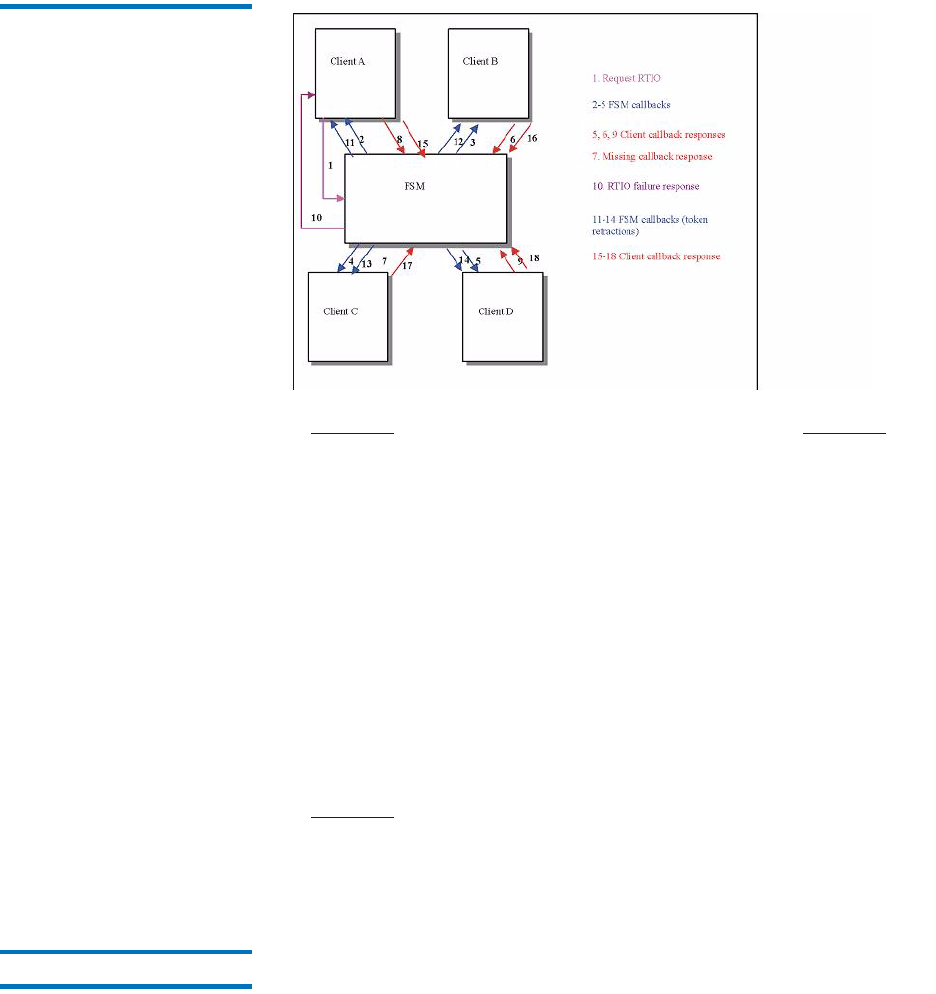
Appendix D Quality of Service Guide
Callbacks
StorNext 3.5 Installation Guide 156
Figure 61 Callback Retraction
Example
In Figure 61, Client A requests some amount of RTIO as in Figure 60.
However, assume that Client C did not respond to the initial callback in
time (step 7). The FSM will return a failure to Client A for the initial
RTIO
request, then send out callbacks to all clients indicating the stripe group is
no longer real-time (steps 11-14). In the example, Client C responds to the
second callback, so the FSM will not send out any more callbacks. The
stripe group is back in non-real-time mode.
Note that this can have interesting repercussions with file systems that
are soft mounted by default (such as Windows). When the caller times
out because other clients are not responding and then gives up and
returns an error to the application, if at some point the FSM is able to
process the
RTIO request it may result in the stripe group being put into
real-time mode after the original caller has received an error code. Both
the FSM and clients log their actions extensively to
syslog, so if this
situation arises it can be detected.
In Figure 61, if the stripe group were already in real-time mode the FSM
would only send out callbacks to those clients that already have tokens.
Once all clients responded to the token callbacks, the stripe group would
be back in its original state.
Tokens 4
A token grants a client some amount of non-real-time I/O for a stripe
group. Tokens are encapsulated in callback messages from the FSM.
Initially, no tokens are required to perform I/O. Once a stripe group is
put into real-time mode, the FSM sends callbacks to all clients informing



